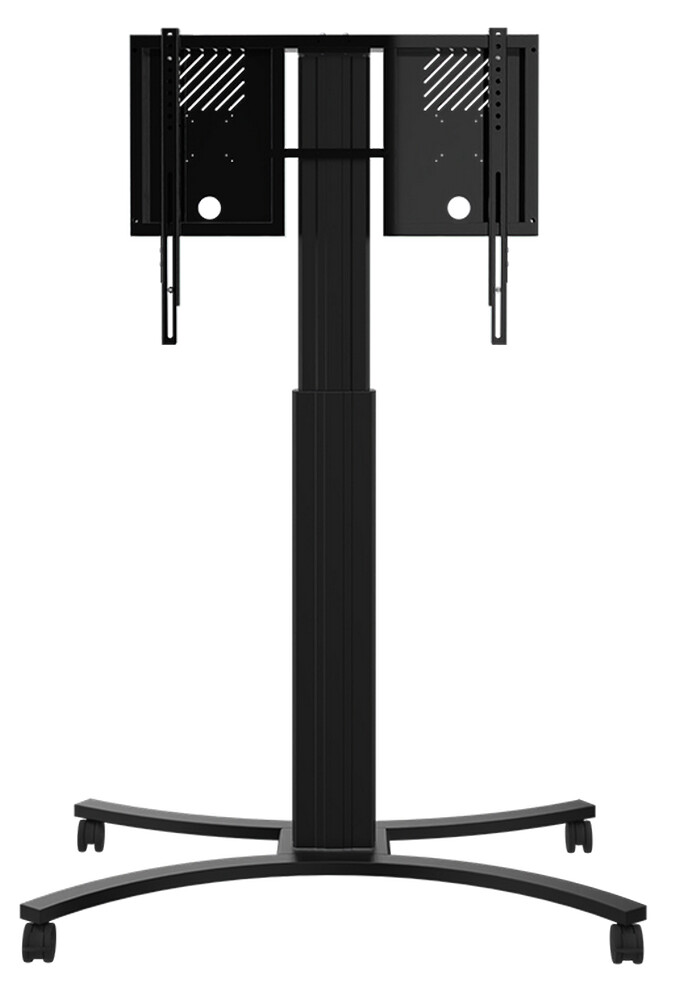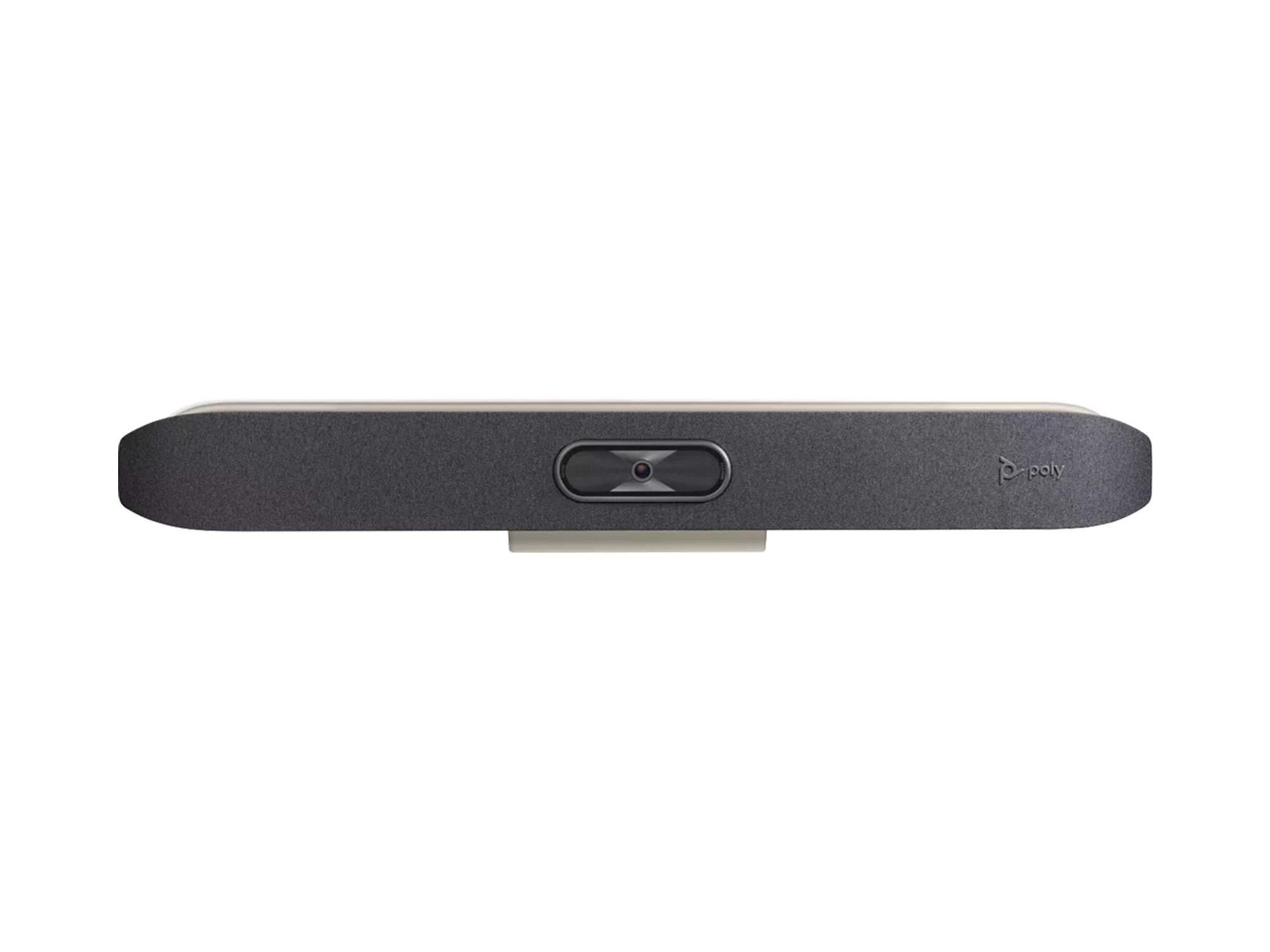



































£8,520.00*
- Resolution 3840 x 2160 4K UHD
- Max. Brightness 900 cd/m²
- Panel type OLED
- Aspect Ratio 16:9


Frequently purchased together
Product information
83" BRAVIA MASTER Series 4K Ultra HD, HDR, OLED Professional Display
Professional-grade OLED display: exquisite 4K HDR images with ultimate contrast and human cognitive technology
Give your visual communications unprecedented impact with the stunningly designed 83" BRAVIA OLED Professional Display FWD-83A90J. It delivers the ultimate in ultra-bright, high contrast 4K HDR picture quality and is a stunning addition to conference rooms, lobbies and reception areas.
The BRAVIA MASTER series is easy to use and optimised for reliable operation in professional environments. It uses Sony's most advanced display and processing technologies for stunningly lifelike 4K Ultra HDR images and sound to match.
Cognitive Processor XR understands how people see and hear. This revolutionary processor takes picture and sound to a new level, using human perspective analysis to analyse and optimise hundreds of thousands of picture elements to create an immersive audiovisual experience that draws the viewer deeper into each scene. Combined with our unique OLED panel, the result is uniquely deep, natural HDR images with rich, vibrant colours and the ultimate in pure blacks - complemented by cinematic sound that comes straight from the 55-inch screen.
4K image resolution (3840 x 2160 pixels)
4K offers four times the detail of Full HD with more than 8 million pixels of resolution for added clarity in corporate displays, education and digital signage applications.
High contrast OLED screen technology
Each self-illuminating pixel is precisely controlled for stunning OLED images that feel beautifully deep and natural. XR OLED Contrast enhances colour and contrast for beautifully pure, true blacks and areas of spectacularly high peak brightness.
More colour with XR TRILUMINOS Pro™
Powered by our breakthrough Cognitive Processor XR, XR TRILUMINOS Pro™ gives BRAVIA access to a wider colour palette that reproduces the subtlest differences just like in the real world. An expanded hue and saturation range reveals more natural shading and precise tonal detail, even in dark scenes and hard-to-reproduce pale colours.
Spectacularly true 4K HDR images
XR HDR Remaster detects and analyses individual objects on screen, adjusting their colour and contrast for even more realism. Object-based processing supported by BRAVIA XR™ fine-tunes hue, saturation, brightness, motion vector, image bandwidth and more. The result: exceptionally realistic scenes with greater depth, lifelike textures and natural colours.
Smooth motion
OLED XR Motion Clarity™ ensures that even the fastest movement on screen remains smooth and clear. Moving images are precisely controlled to minimise blur, and brightness is reduced less during fast-moving scenes.
Sound that matches the actiont
With our Acoustic Surface Audio+ technology, powerful actuators directly behind the OLED panel create faithful, precisely balanced sound that closely follows what's happening on screen.
Do more with Android TV
Discover the world of apps and online content supported by Android TV. Use voice search to easily find content without tapping.
Google Chromecast and Apple Airplay
With built-in Google Chromecast and Apple Airplay, it's easy to mirror and enjoy super-sized content on your BRAVIA.
Technical data
| Name | Sony FWD-83A90J 83" Display |
|---|---|
| Article number | 1000021504 |
| GTIN/EAN | 5013493417113 |
| Manufacturer SKU | FWD-83A90J |
| Model name | FWD-83A90J |
| Brand | Sony |
| Product Type | Non-Touch Display |
| Product Series | Sony A9 Series |
| Technology | OLED |
| Panel type | OLED |
| Resolution | 3840 x 2160 4K UHD |
| Diagonal | 83" |
| Aspect Ratio | 16:9 |
| Viewing angle - Horizontal | 178° |
| Viewing angle - Vertical | 178° |
| Max. Brightness | 900 cd/m² |
| Support - VESA | 400 x 400 |
| Frame width | 0 mm |
| Inputs | 1x Ethernet , 4x HDMI |
| Outputs | 1x 3,5mm Jack |
| Product width | 185 cm |
| Product height | 106.7 cm |
| Product depth | 5.3 cm |
| Weight | 42 kg |
| Colour | Black |
| EEK Spectrum | A to G |
| Delivery contents | Batteries , Power cable , Quick user guide , Remote control , stand |
| Condition | New |
| Warranty | 36 Month |
| Warranty type | Bringin service Service and support information |
Product safety
| Person responsible for the EU |
|---|
| Sony Europe B.V. |
| Kemperplatz 1 |
| 10785 Berlin |
| Germany |
| info@sony.de |




















